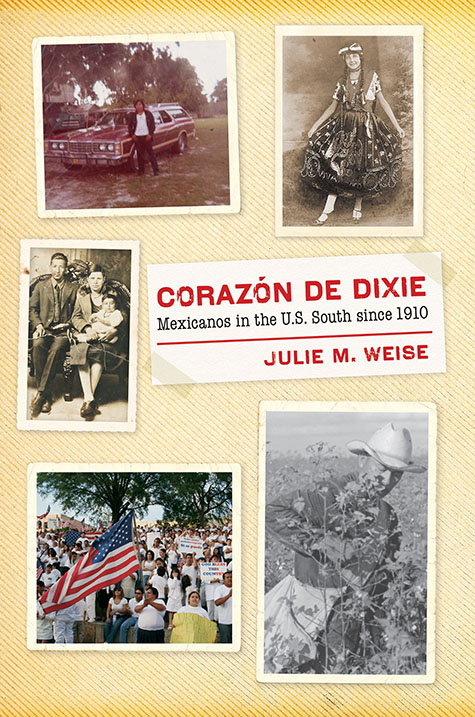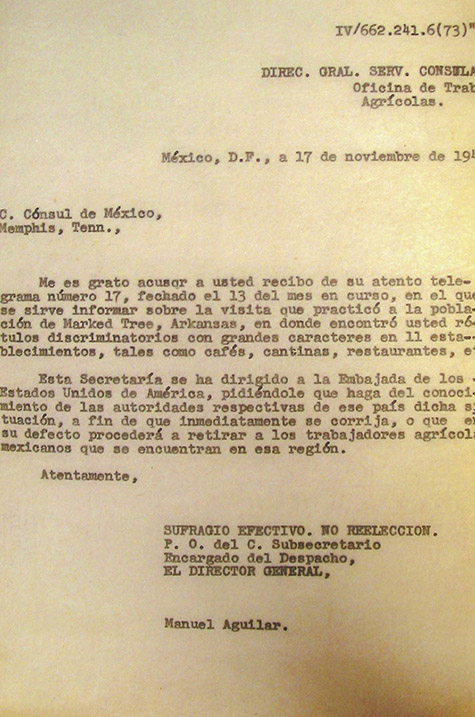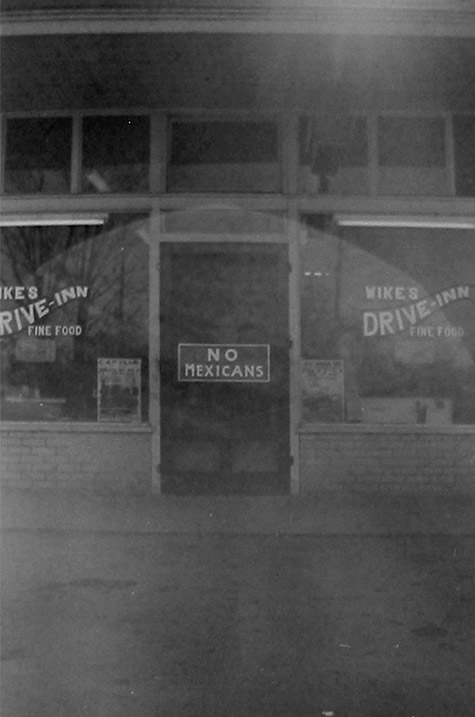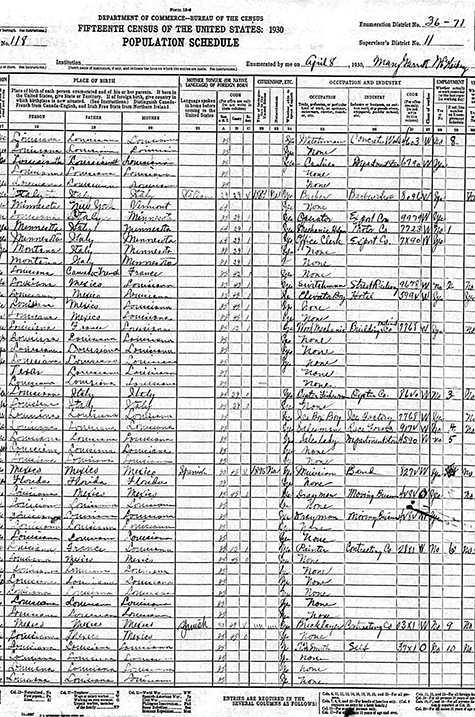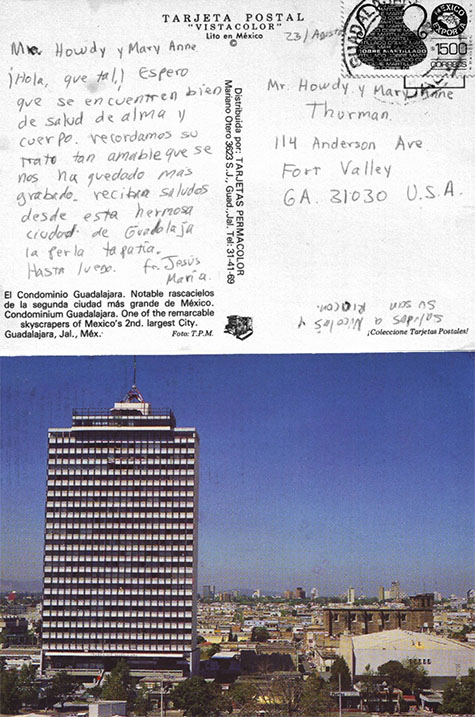When Latino migration to the U.S. South became increasingly visible in the 1990s, observers and advocates grasped for ways to analyze “new” racial dramas in the absence of historical reference points. However, as Corazón de Dixie: Mexicanos in the U.S. South since 1910 by Julie M. Weise comprehensively documents, Mexicans and Mexican Americans have a long history of migration to the U.S. South. Corazón de Dixie recounts the untold histories of Mexicanos’ migrations to New Orleans, Mississippi, Arkansas, Georgia, and North Carolina as far back as 1910. It follows Mexicanos into the heart of Dixie, where they navigated the Jim Crow system, cultivated community in the cotton fields, purposefully appealed for help to the Mexican government, shaped the southern conservative imagination in the wake of the civil rights movement, and embraced their own version of suburban living at the turn of the twenty-first century.
Rooted in U.S. and Mexican archival research, oral history interviews, and family photographs, Corazón de Dixie unearths not just the facts of Mexicanos’ long-standing presence in the U.S. South but also their own expectations, strategies, and dreams. The book is published by the University of North Carolina (UNC) Press, with a Corazón de Dixie companion website published by the University of Oregon Libraries Digital Scholarship Center geared toward classroom use. Comprised of primary source documents cited in the book and additional relevant documents unique to the site, this collection includes census records, archival documents, photographs, and articles related to Latino immigration and Mexicanos in the southern United States from 1910–2012.

